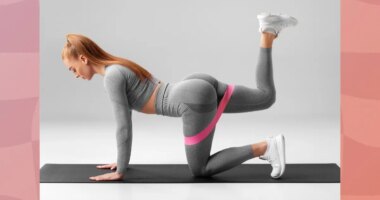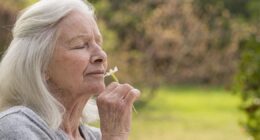
One of the best moves you can make for your health is to get moving. “Walking is man’s best medicine” is a well-known quote from Hippocrates. Centuries later, we have multiple research studies that reveal the power of exercise as medicine. One study specifically compared exercise to common medications for heart disease, stroke, and prediabetes, demonstrating that exercise can have comparable outcomes with regard to lowering risk of death. Recent research also highlights the impact that even short doses of exercise can have on your mood and increased creativity. However, as when you stop taking a medicine, if you stop exercising, the benefits stop as well.
Finding ways to make exercise fun and engaging is key
Most people know exercise is good for their health, yet only about half of Americans meet the physical activity guidelines to accumulate 150 minutes of moderate-intensity physical activity each week.
These days, making exercise more fun can include using apps on your phone or a fitness tracker, as well as using social media sites. Research has demonstrated that there is a relationship between using commercial physical activity apps and increased engagement in exercise.
Do certain people respond more favorably to using exercise apps?
A recent study explored the psychological mechanisms that come into play when people use apps to increase their levels of exercise. Researchers surveyed 1,274 male and female adults between the ages of 18 and 83, asking them questions online at one specific point in time (also known as a cross-sectional study).
READ RELATED: The health effects of too much gaming
The results showed that feelings of social support, self-efficacy (the feeling that a person is competent at an activity and can be successful), identified regulation (the personal value one places on the outcomes of physical activity), and intrinsic motivation (internal feelings that are rewarding after exercise), as well as being a highly competitive person, were all attributes associated with the use of physical activity apps. The research also showed that connecting to existing social media networks, sharing posts, and receiving encouragement may add to the app users’ feeling of social support, and in turn increase their feelings of confidence and competence in their ability to be successful with exercise. All of these attributes are associated with physical activity engagement.
We need to learn more about apps and exercise for different groups
This study was interesting (and very positive), but because was a cross-sectional study, we can’t draw conclusions about causality. This means we can’t say for sure if using an app will increase the amount of activity you do or your attitudes about exercise. We need more well-designed, randomized controlled trials to evaluate how effective physical activity apps are at increasing engagement and sustaining regular exercise in many different types of people. However, the current research can help guide us to use apps and social networks to our advantage and increase activity.
Here are some tips to move more (with or without apps) and to support others with the same goal:
- Research various app options and determine which one is best suited for the activity you enjoy. Consider inviting a friend to join you in using the same app.
- If you are competitive, a physical activity app might be an especially effective strategy to get you moving and staying on track. Many apps use gamification, which keeps you invested and interested in moving forward, reaching goals, and winning awards.
- Social support can have a markedly positive impact on physical activity levels. Use apps with communities or those that can connect to your existing social medial platforms to be able to share posts and receive feedback.
- Self-efficacy, also known as the belief that you can be successful with an activity or exercise, is associated with increased app use and physical activity engagement. Setting small goals that are SMART (specific, measurable, action-oriented, realistic, and time-sensitive) will help to increase self-efficacy. Start with a concrete, small goal. Achieving that goal will activate the reward system in the brain and release dopamine. Success breeds success.
- Consider why being physically active is important to you at this point in your life. Make a list of ways your life would be different if you were physically active, and how it would be improved.
- After exercising, think about what benefits you notice: are you more creative, do you feel a “runner’s high,” do you feel less stressed, are you more energized? List the things that you feel. These are intrinsic rewards, and when you recognize them as being a result of physical activity, you connect the reward with the exercise. This will help you want to repeat it over and over again.
- Consider posting about your physical activity on your social media sites, and when you see others post about theirs, make an effort to like, retweet, or reply with words of encouragement. Social media can be a powerful force for good, if we choose to use it that way. Helping each other be more physically active is one good deed we can do in a day, and it’s only a click away.
Source: Havard Health








